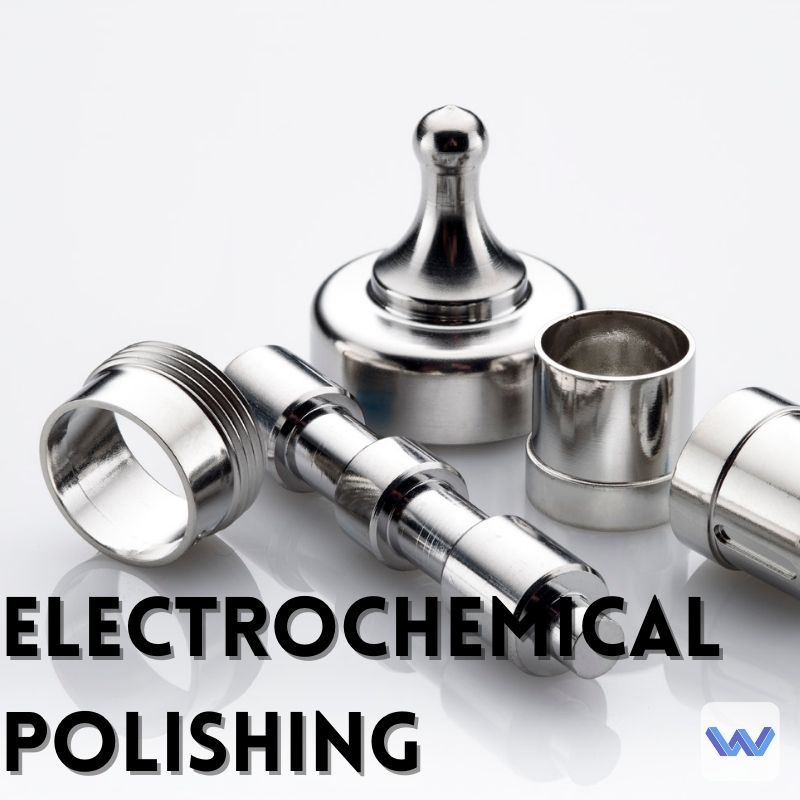Electrochemical polishing is a metal finishing process that involves the use of an electrolytic cell to remove microscopic surface layers of a metal workpiece. The process is similar to electroplating, but instead of depositing a layer of metal onto the surface, it selectively removes material through the application of an electrical current.
During electrochemical polishing, the metal workpiece is submerged in an electrolytic bath that contains an electrolyte solution and a cathode electrode. The workpiece is connected to the anode of the electrical circuit and a direct current is applied. The electrolyte solution facilitates the transfer of ions between the anode and cathode, causing the surface of the workpiece to become oxidized and dissolved.
The process results in the removal of a thin layer of metal from the workpiece, which can improve its surface finish and remove any surface defects. Electrochemical polishing is particularly useful for smoothing out rough surfaces, removing burrs and other imperfections, and achieving a high level of surface uniformity.
Electrochemical polishing can be used on a wide range of metal alloys, including stainless steel, titanium, aluminum, and copper. It is commonly used in industries such as aerospace, medical device manufacturing, and automotive engineering, where high-quality surface finishes are critical for performance and safety.
Overall, electrochemical polishing is a highly effective and versatile metal finishing technique that can produce smooth, uniform surfaces with minimal material removal. Its benefits include improved surface quality, increased corrosion resistance, and reduced manufacturing costs compared to traditional mechanical finishing techniques.


